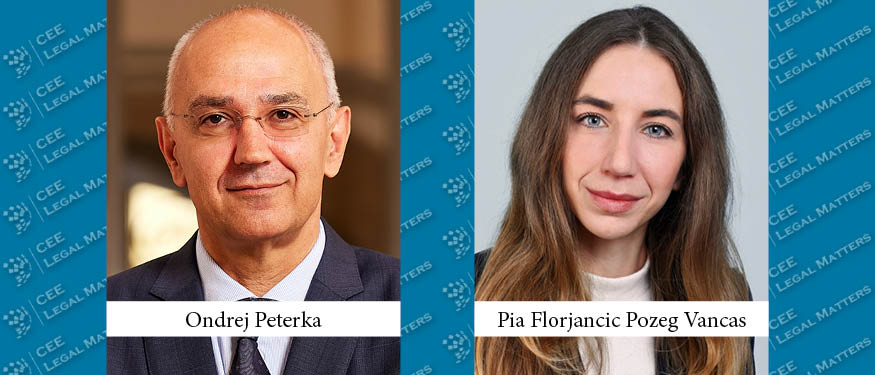The Macedonian legislature has amended multiple laws for the purpose of introducing special rules for facilities of strategic importance, which are highly significant for the development of the infrastructure. Pursuant to the latest amendments of the Law on Spatial Planning (LSP) and the Law on Construction (LC), both of which entered into force on May 30, 2023, the “facilities of strategic importance” category includes state roads, railway lines, backbone gas pipelines, and any other facilities of public interest that are built as strategic investment projects or projects of strategic national importance.
The project scope for a facility of strategic importance (Facility) would be regulated by means of a spatial project for facilities of strategic importance (Spatial Project). The law provides alternative approaches for investors, who can decide whether they want to define the boundaries of the project scope in one Spatial Project or in stages by preparing multiple Spatial Projects.
The producer of the Spatial Project is obliged to submit a request detailing the project scope to obtain necessary data from relevant entities (e.g., legal entities, ministries, institutions, and other authorities for spatial planning, energy, water supply, infrastructure, agriculture, environmental protection, transport, etc.). The relevant entities are obliged to provide the data and information within seven working days from the date of the request, which is shorter than the general deadline of 15 days for the same entities to respond in all other cases. Among other things, the LSP also stipulates shorter deadlines than the general ones for the issuance of spatial planning terms by the Agency for Spatial Planning (three working days from the date of receipt of the request), the adoption of a decision on the spatial planning terms by the Ministry of Transport and Communications (two working days from the date of receipt of the request), and conducting the digital overlay of the project by the Real Estate Cadastre Agency (Cadastre Agency) (five working days from the date of receipt of the project). The above approach is intended to speed up the completion of the necessary formalities for the preparation of the Spatial Project and emphasizes the priority assigned to such projects.
The Government of the Republic of North Macedonia (the Government) would decide on the Spatial Project based on the documentation submitted and the completed Spatial Project. In case of a positive decision, the Cadastre Agency conducts the pre-registration in the Real Estate Cadastre ex officio, indicating that the Facility is under construction based on the Government’s decision and a geodetic survey.
Additionally, the Law on Minerals stipulates that a concession for detailed geological exploration of minerals for the construction of European road corridors of strategic interest and/or a concession for the exploitation of minerals for the construction of European road corridors, state roads, and hydrotechnical facilities may be granted based on a request, although the general regime stipulates preparation and publication of a public call for granting of concession rights. The above enables the construction of the Facility with reduced construction costs and administrative burdens.
The LC also stipulates a special regime for Facilities. Among other things, the rules on conceptual design, issuance of a construction permit, conditions for commencement of construction, alterations during construction, deadlines for completion of construction works, and dislocation of grids, substations, or pipelines would not be applicable.
Construction works for a Facility would be performed in accordance with the Spatial Project, as no construction permit is required. Upon completion of the construction works, an as-built design of the Facility is to be prepared and subsequently verified by the supervising engineer who monitored the construction.
A use permit may be issued for the Facility even if not all real estate rights have been fully regulated in cases where a decision on granting possession of the land was issued in an expropriation procedure. However, registration of the Facility in the public record of real estate can only be conducted following the regulation of real estate rights with the owner(s) of the land on which the Facility has been constructed. The above approach enables the use of the Facility prior to its registration in public records.
The determination of the Macedonian authorities to create a favorable legal framework for the implementation of infrastructure projects is indisputable. However, it remains to be seen whether the enacted legislation will be sufficient to boost infrastructure development.
By Marija Filipovska Jelcic, Partner, and Aleksandar Josimovski, Senior Attorney-at-Law, CMS Skopje
This article was originally published in Issue 11.5 of the CEE Legal Matters Magazine. If you would like to receive a hard copy of the magazine, you can subscribe here.













